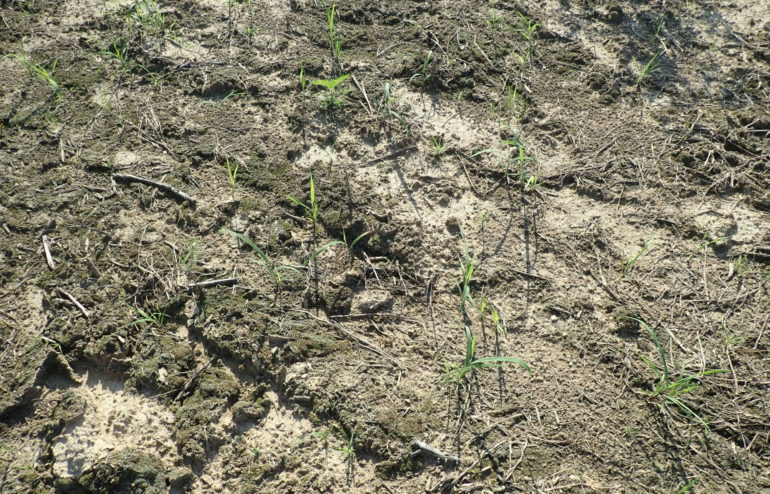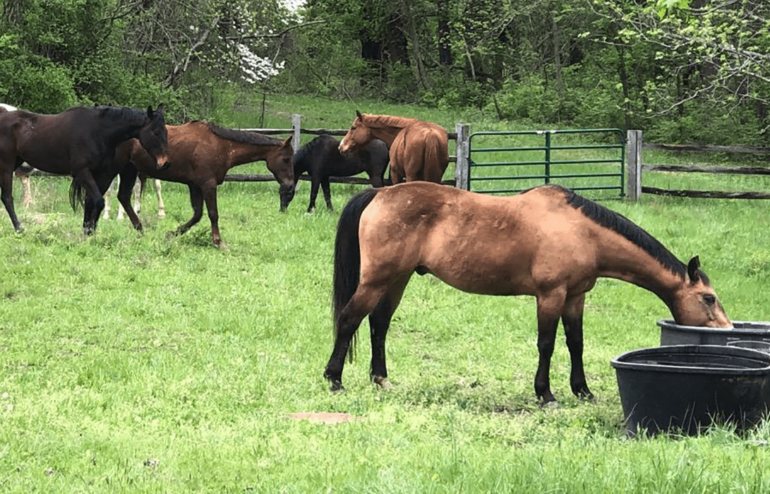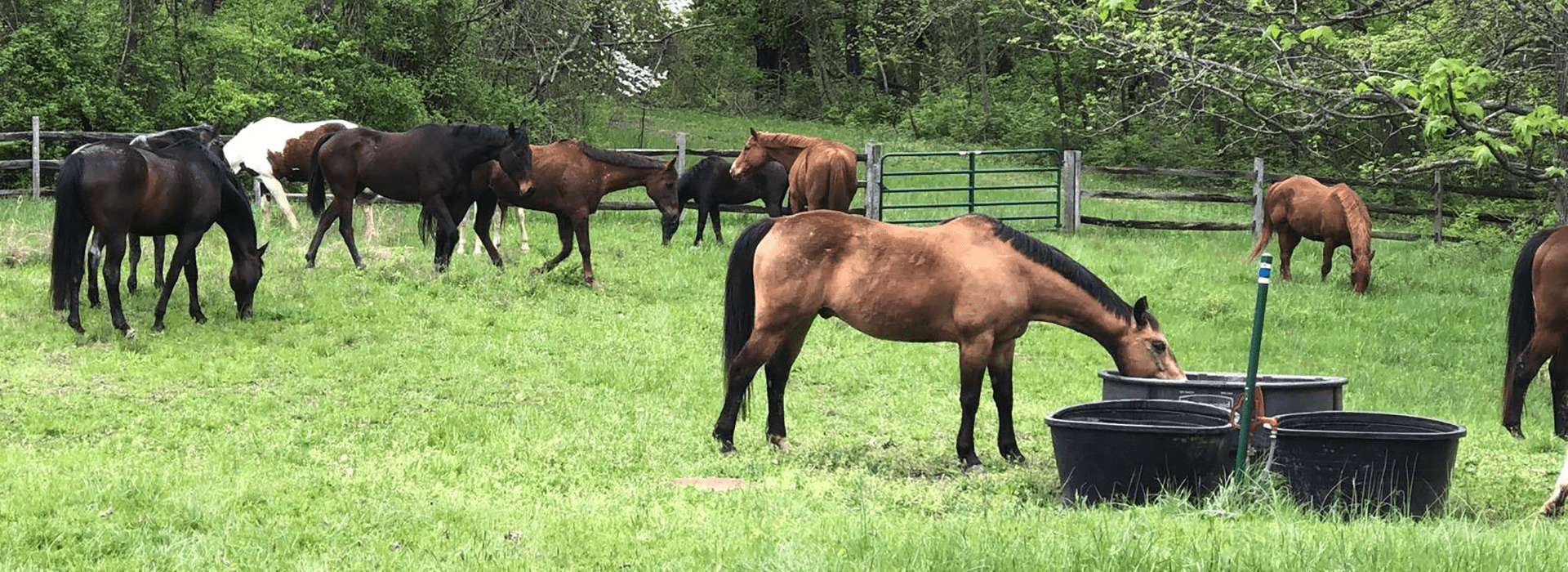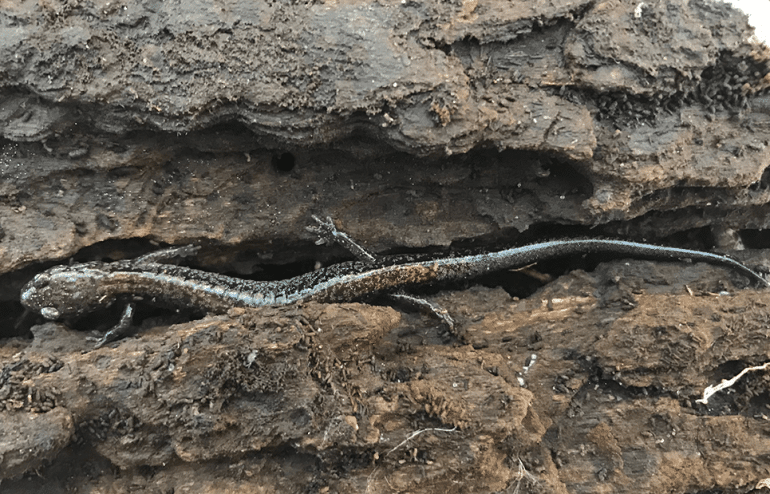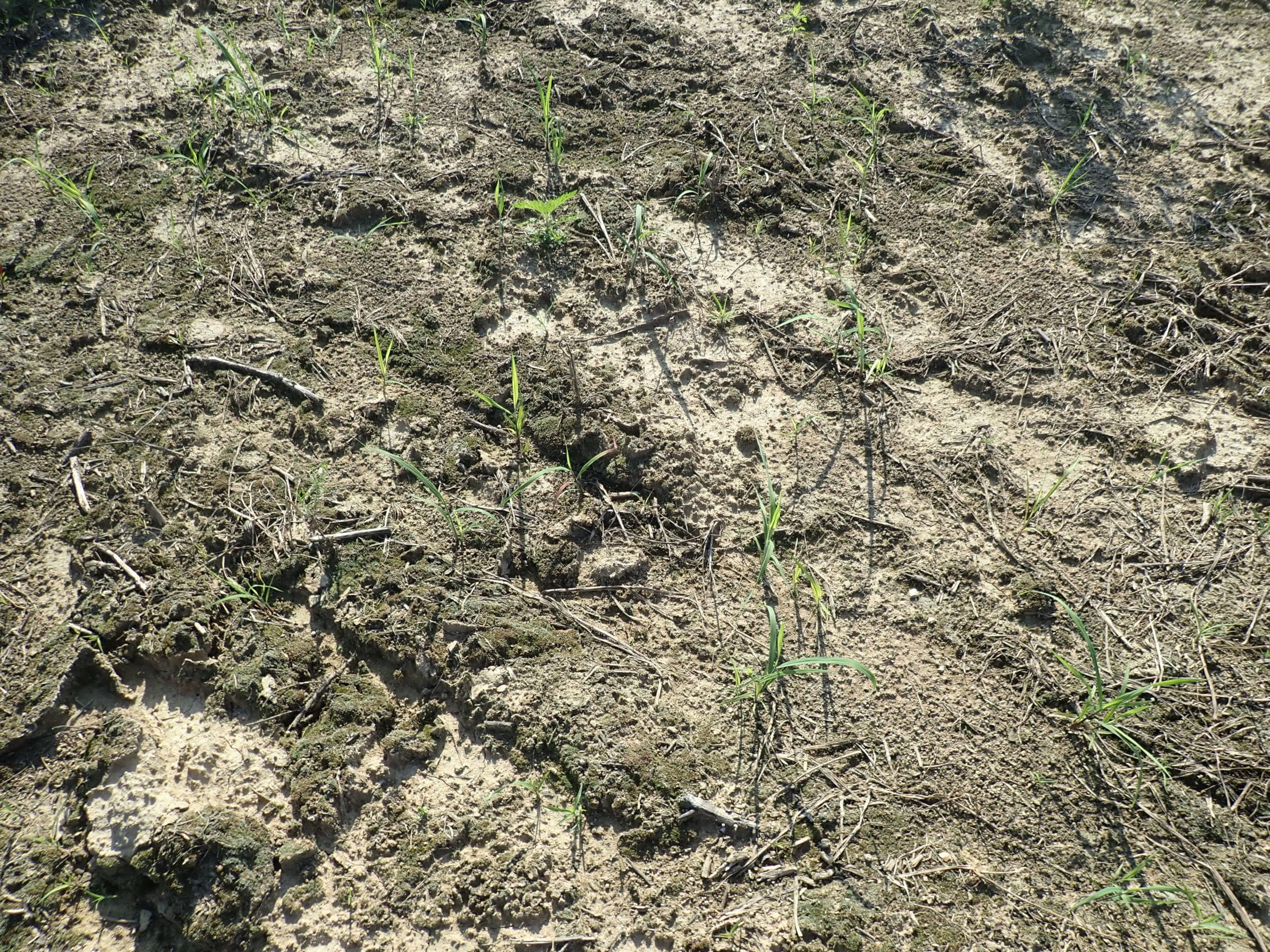
Trial Run of Establishing Native Grasses
To gear up for our research with University of Tennessee we are going to be trying our hand at establishing some NWSGs at our Indian Hill farm. We will be focusing on a 3 acre pasture that is predominately fescue, which you may know provides some initial challenges for us. NWSGs can be easily outcompeted by the aggressive nature of fescue and thus needs to be under control prior to seeding our chosen NWSG species of big bluestem, little bluestem, and Indian grass. This leaves us with two options: the moldboard plow or an herbicide treatment. Neither are preferred but we view them as short-term tools to reach our long-term goals of a native prairie ecosystem on our farm.
Although Greenacres follows organic practices (and then some), we are not certified organic. That said, we know that many producers who may be interested in transitioning to NWSGs might be looking for organic options…so we decided to do it without herbicides. After the ground is prepared with a tillage pass we will be seeding a diverse mix of warm terms of NWSG establishment – providing valuable information to cattle producers, wildlife professionals, extension agents, academics, and others.
4/18/18
To gear up for our research with University of Tennessee we are going to be trying our hand at establishing some NWSGs at our Indian Hill farm. We will be focusing on a 3 acre pasture that is predominately fescue, which you may know provides some initial challenges for us. NWSGs can be easily outcompeted by the aggressive nature of fescue and thus needs to be under control prior to seeding our chosen NWSG species of big bluestem, little bluestem, and Indian grass. This leaves us with two options: the moldboard plow or an herbicide treatment. Neither are preferred but we view them as short-term tools to reach our long-term goals of a native prairie ecosystem on our farm.
Although Greenacres follows organic practices (and then some), we are not certified organic. That said, we know that many producers who may be interested in transitioning to NWSGs might be looking for organic options…so we decided to do it without herbicides. After the ground is prepared with a tillage pass we will be seeding a diverse mix of warm season annuals. These annuals will allow us to start the transition from cool season pasture to warm season.

